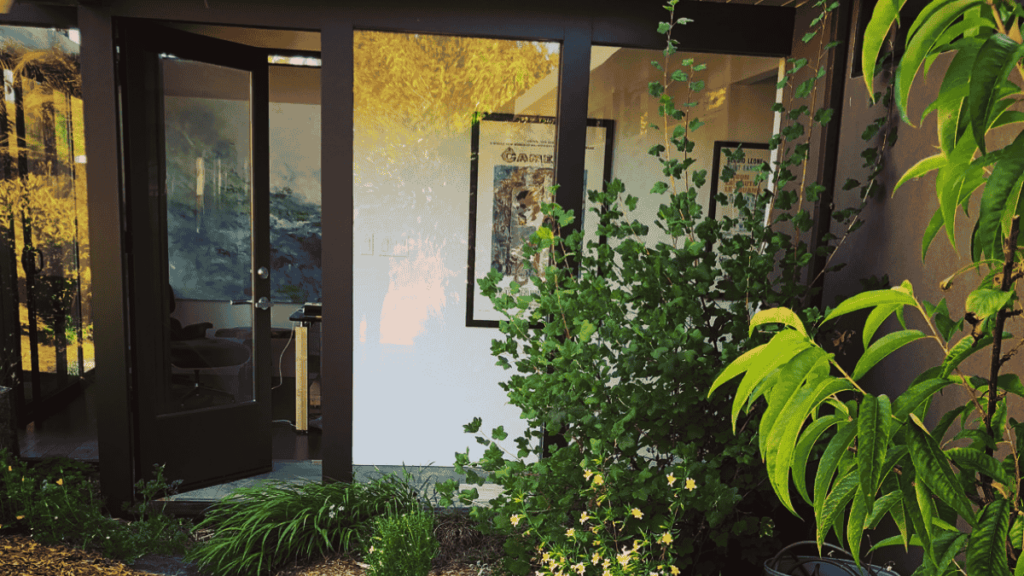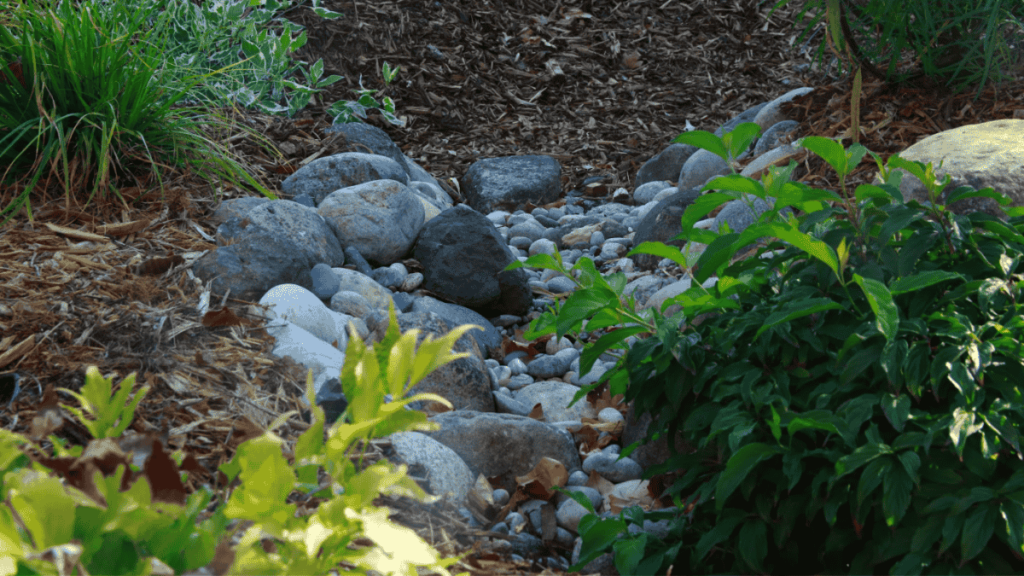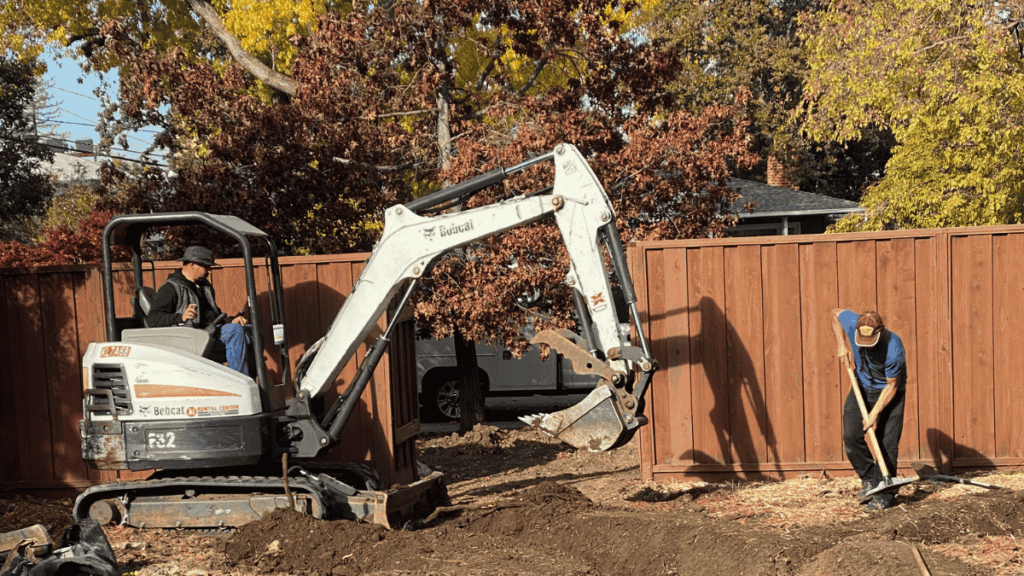Small Space, Big Harvest: The Secrets of Successful Edible Gardens
Imagine stepping out onto your balcony or patio and harvesting sun-warmed tomatoes, crisp greens, or fragrant herbs. Edible gardens in small spaces unlock this dream—no sprawling backyard required. In the heart of urban living, where every square foot matters, transforming overlooked corners into productive, nourishing sanctuaries is entirely possible.
Growing your own food brings a host of rewards:
- Connection to what nourishes you and your family
- A sense of empowerment and accomplishment
- The peace of mind that comes from knowing exactly how your food is grown
Homeowners, families, and eco-conscious individuals are increasingly embracing EdibleGarden, UrbanFarming, and even compact FoodForest approaches to maximize their yields in limited areas. Whether it’s a windowsill bursting with leafy greens or a vertical wall adorned with strawberries, each bite harvested from your personal oasis reflects thoughtful design and mindful living.
This guide unveils practical secrets for thriving edible gardens in small spaces. Discover how to turn constraints into creative opportunities, cultivate abundance with intention, and foster a deeper connection between home, health, and nature—even within the boundaries of an urban dwelling. Welcome to the world where tiny spaces yield big harvests.
Benefits of Growing Your Own Food
Growing your own food is a powerful step towards sustainable living. By cultivating your garden, you reduce dependency on industrial farming, which often involves long supply chains and heavy pesticide use. This practice not only lowers your carbon footprint but also promotes eco-friendly habits.
The impact on personal well-being cannot be overstated. Tending to a garden provides physical exercise, stress relief, and the joy of watching plants thrive under your care. Freshly harvested produce is richer in nutrients, aiding in a healthier diet and a more vibrant life.
An edible garden also strengthens community building. Sharing surplus harvests fosters connections with neighbors and friends, creating a sense of belonging and cooperation. Community gardens can become hubs for learning and collaboration, where people come together to share knowledge and resources. Together, we can transform our spaces into thriving ecosystems that nourish both body and soul.
Starting Your Edible Garden Journey
Starting your edible garden journey can feel overwhelming with so many options and techniques out there. To make it easier and avoid feeling overwhelmed, it’s best to start small. Begin by using a few containers or raised beds that fit perfectly into your available space.
Learn by Doing
Getting hands-on with edible gardening is the best way to learn. There’s nothing quite like getting your hands dirty, watching your plants grow, and enjoying the delicious results of your hard work. This practical approach will help you:
- Understand Plant Needs: Each plant has its own requirements for light, water, and nutrients. By focusing on a small number of plants at first, you’ll gain a better understanding of what each one needs without feeling overwhelmed.
- Gain Confidence: Even if you only successfully grow a few vegetables or herbs, it can give you a boost of confidence and motivate you to gradually expand your garden.
- Develop Skills: The skills needed for gardening, such as pruning, watering schedules, and pest control, are best learned through hands-on experience.
So remember, starting small not only makes the journey manageable but also deepens your connection with nature and promotes a sustainable lifestyle.
Indoor vs Outdoor Garden Spaces (Things to Consider)
Creating an edible garden indoors versus outdoors presents unique challenges and opportunities for aspiring gardeners. Understanding these differences is crucial for a thriving garden.
Indoor Gardening: Key Considerations
- Lighting: Natural light can be limited indoors, necessitating the use of grow lights to ensure plants receive adequate illumination.
- Space: Indoor spaces are often confined; optimizing vertical space with shelves or hanging planters can maximize your growing area.
- Temperature: Maintaining consistent temperatures indoors is easier, but can vary depending on heating and cooling systems.
- Airflow: Proper ventilation is essential to prevent mold and mildew. Using fans or opening windows regularly can help maintain air circulation.
- Pest Control: Indoor gardens are less prone to pests, yet vigilance against common indoor pests like aphids or spider mites is necessary.
Beginner-Friendly Indoor Plants
Starting with low-maintenance plants ensures success while building confidence:
- Herbs: Basil, mint, and parsley thrive indoors with minimal care.
- Leafy Greens: Spinach and lettuce grow quickly in controlled environments.
- Microgreens: Perfect for small spaces and provide rapid harvests.
Progressing to Higher-Maintenance Plants
Once comfortable with beginner plants, transitioning to more demanding varieties can be rewarding:
- Fruit-bearing Plants: Dwarf varieties of tomatoes or peppers can flourish indoors with proper care.
- Exotic Herbs: Lemongrass or ginger require attentive watering and light management.
Embrace the journey of cultivating an indoor edible garden by starting small and gradually expanding your plant selections as you gain experience.
Strategies for Maximizing Yield in Small Spaces
1. Vertical Gardening Techniques
Vertical gardening is a powerful method to maximize yield in small spaces. By growing upwards instead of outwards, you can significantly increase the amount of produce you harvest without requiring additional ground space.
Using Trellises and A-frames
These structures support climbing plants, enabling them to grow vertically. Trellises can be made from various materials like wood, metal, or plastic. They are perfect for supporting plants such as tomatoes, beans, and peas. A-frames are versatile and sturdy, providing additional stability for heavier plants.
Growing Climbing Plants
Climbing plants like cucumbers, squash, and certain varieties of beans thrive when provided with vertical growth options. Cucumbers, for example, can be trained to climb trellises or A-frames, freeing up ground space for other crops. This not only saves space but also improves air circulation around the plants, reducing the risk of diseases and pests.
2. Dense Planting Methods
Dense planting involves growing crops closely together to maximize space efficiency. This technique can be particularly effective in small gardens where every inch counts.
Implementing Thinning Techniques
When plants are grown densely, thinning becomes necessary to ensure each plant has enough room to develop properly. Regularly removing weaker or overcrowded seedlings ensures healthier growth and optimizes yield.
Choosing Space-Efficient Crops
Selecting crops that naturally require less space can further enhance dense planting efforts. Varieties such as radishes, carrots, and lettuce are excellent choices due to their compact size and quick growth cycles.
3. Succession Planting for Continuous Yield
Succession planting is a strategic approach to keep your garden productive throughout the entire growing season by continuously sowing new crops as others finish their cycle.
Ensuring Continuous Use of Garden Space
By planning succession plantings, gardeners can replace harvested crops with new ones promptly. This ensures that garden beds remain productive without any downtime.
Maximizing Yield Throughout the Growing Season
Different crops have varying maturation times; by understanding these timelines, you can stagger plantings to maintain a constant supply of fresh produce. For instance, once early-season greens are harvested, late-season root vegetables can be planted in the same space.
Adopting these strategies allows gardeners to make the most of limited areas while enjoying a plentiful harvest from their edible gardens. Vertical gardening techniques using trellises and A-frames transform small spaces into productive havens, fostering an environment where climbing plants flourish alongside densely planted crops managed through careful thinning practices. Succession planting ensures continuous productivity throughout the season, maximizing yield and enhancing your connection with nature’s bounty right at home.
Container Gardening in Small Spaces (Urban Gardening/Apartments)
Edible gardens thrive even where square footage is precious. In apartments, on balconies, and tucked into urban patios, container gardening unlocks the possibility to grow nourishing food—no backyard necessary. The key lies in choosing the right vessels and soil, transforming any nook into a vibrant source of abundance.
1. Choosing the Right Containers (Plastic Pots, Clay Pots)
Selecting containers isn’t just about aesthetics; it’s about supporting the life and health of your plants. Each material brings its own benefits:
Plastic Pots
Lightweight and portable, plastic pots are well-suited for renters or anyone who likes to rearrange their edible garden. They retain moisture better than clay, making them ideal for herbs and leafy greens that crave consistent hydration. Modern BPA-free plastics offer safe options for growing edibles.
Clay Pots (Terracotta)
Porous and breathable, clay pots allow excess water to evaporate through their walls, preventing root rot—a blessing for Mediterranean herbs like rosemary or thyme. Their classic appearance adds warmth and texture to urban spaces. Clay is heavier than plastic, lending stability for taller crops like peppers or dwarf tomatoes.
Self-Watering Containers
Built-in reservoirs reduce watering frequency—ideal for busy schedules or forgetful moments. These systems deliver moisture directly to roots, supporting steady growth.
When choosing container size:
- Shallow-rooted crops (lettuce, basil) need at least 6–8 inches of depth.
- Fruiting vegetables (peppers, tomatoes) thrive in deeper pots—12 inches or more.
“Space-saving container gardening techniques mean that even window ledges or stair landings can host thriving edible gardens—if you choose the right vessel.”
2. The Importance of Organic Potting Soil Mixes
The lifeblood of any edible garden is its soil. Standard dirt from the yard won’t do; it compacts easily and lacks essential nutrients. For container vegetable gardening:
- Organic potting soil mixes are engineered for drainage, aeration, and fertility.
- Look for blends containing coco coir or peat moss (retains moisture), perlite (prevents compaction), compost (feeds your plants organically), and sometimes natural amendments like worm castings.
- Organic mixes support healthy root systems without synthetic chemicals—a vital aspect when growing food you’ll harvest with your own hands.
Cultivating edible gardens in containers gives you freedom: start small with a few pots of salad greens on a balcony rail or go bold with a lush vertical array of tomatoes and beans along an apartment wall. With thoughtful choices in containers and soil, urban gardening becomes not just possible but deeply rewarding—a testament to what’s achievable even in the smallest spaces.
3. Crop Selection and Sunlight Requirements (Annuals, Perennials)
Selecting the right crops elevates small space edible gardens in containers, turning balconies or patios into abundant sanctuaries. A harmonious mix of annuals—such as basil, lettuce, and cherry tomatoes—and perennials like rosemary, chives, and strawberries ensures both instant gratification and long-term harvests.
Key considerations for container vegetable gardening:
- Sunlight Exposure: Full sun (6+ hours/day): Tomatoes, peppers, eggplant thrive in bright spots. Partial shade (3–5 hours/day): Leafy greens, herbs like mint and parsley flourish with less intense light.
- Space-Saving Choices: Compact varieties—dwarf beans, patio cucumbers—maximize yields in small urban gardening setups.
- Perennial herbs anchor the garden year after year with minimal fuss.
- Matching each plant’s sunlight requirements to available spaces—windowsills, fire escapes, rooftop corners—unlocks their full potential.
“Small Space Edible Gardening” is not about compromise; it’s about unlocking abundance with intention and care.
With thoughtful crop selection and attention to sunlight needs, even an apartment dweller can experience the deep satisfaction of growing food at home.
Soil Fertility and Maintenance Tips (Composting, Fertilization)
Thriving edible gardens—no matter their size—begin with vibrant, living soil. True soil isn’t just “dirt” but a complex ecosystem teeming with beneficial microbes, organic matter, and essential minerals. Dirt is lifeless; soil is alive and nourishing.
Types of Soil for Edible Gardens:
Loamy soil, sandy soil, and clay soil are the three main types of soil that can be found in edible gardens.
- Loamy soil: The gold standard—crumbly, holds moisture yet drains well, packed with nutrients.
- Sandy soil: Drains quickly, warms fast in spring—ideal for root crops but needs frequent enrichment.
- Clay soil: Rich in minerals but heavy; benefits from added compost to improve structure and drainage.
Maintaining Soil Fertility:
There are two main ways to maintain soil fertility: through composting and fertilization.
1. Composting
Composting transforms kitchen scraps and garden waste into black gold. Integrate finished compost into your beds or containers to boost organic content and stimulate healthy root growth.
2. Fertilization
Fertilization is crucial for sustained yields. Organic fertilizers like worm castings or seaweed extract supply balanced nutrition. Prioritize products offering slow-release nutrients, ensuring steady growth without overwhelming your plants.
Top-dressing with compost mid-season rejuvenates tired soil, allowing edible gardens to keep producing delicious harvests even in small spaces.
Growing Your Own Food—even on a balcony or patio—means nurturing the earth as much as your crops. Healthy soil equals healthy food, fueling connection between home, nature, and family table.
Let every handful of living soil remind you: abundance begins beneath your feet.

Diego Torrelio
Founder & CEO





